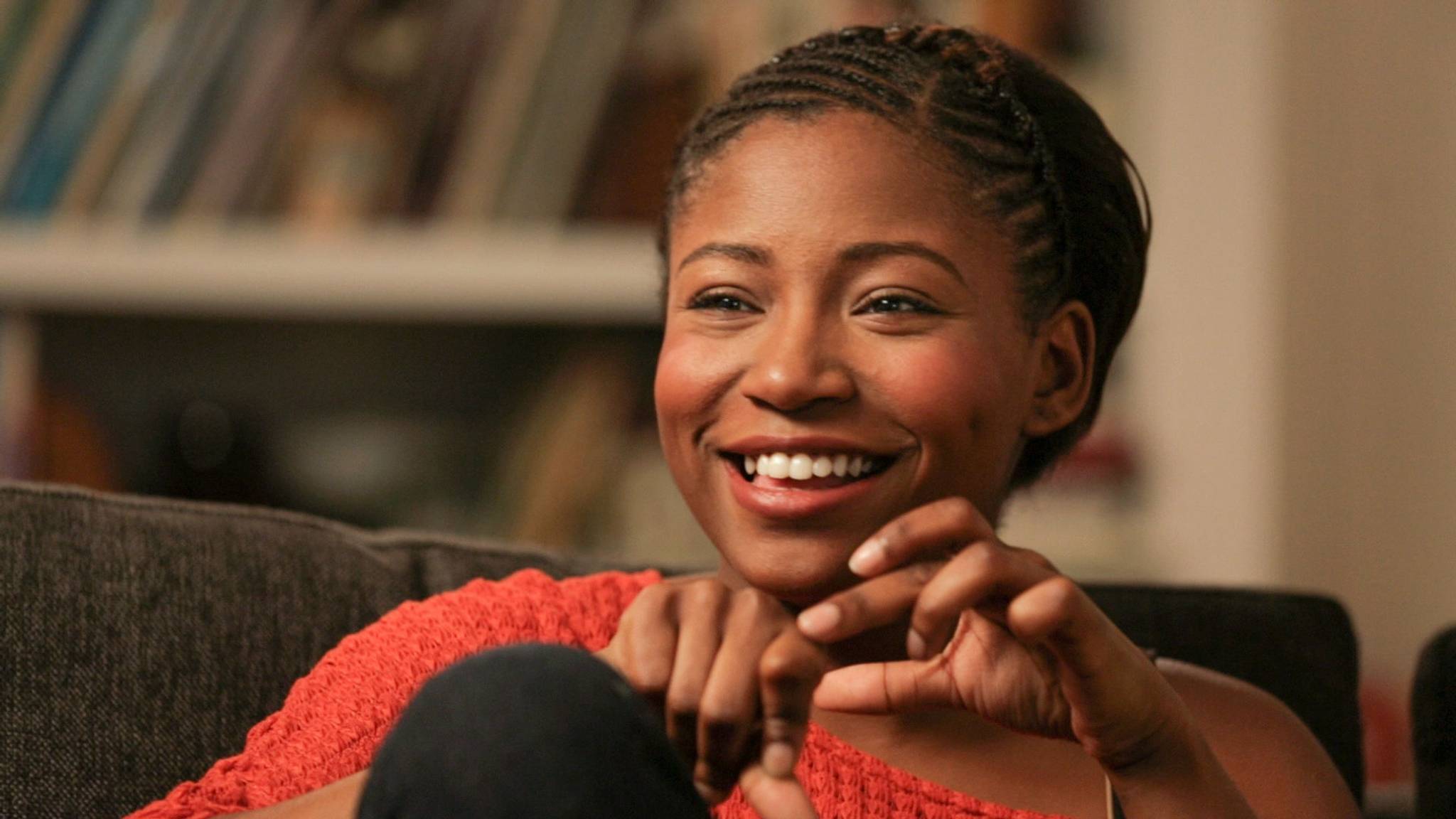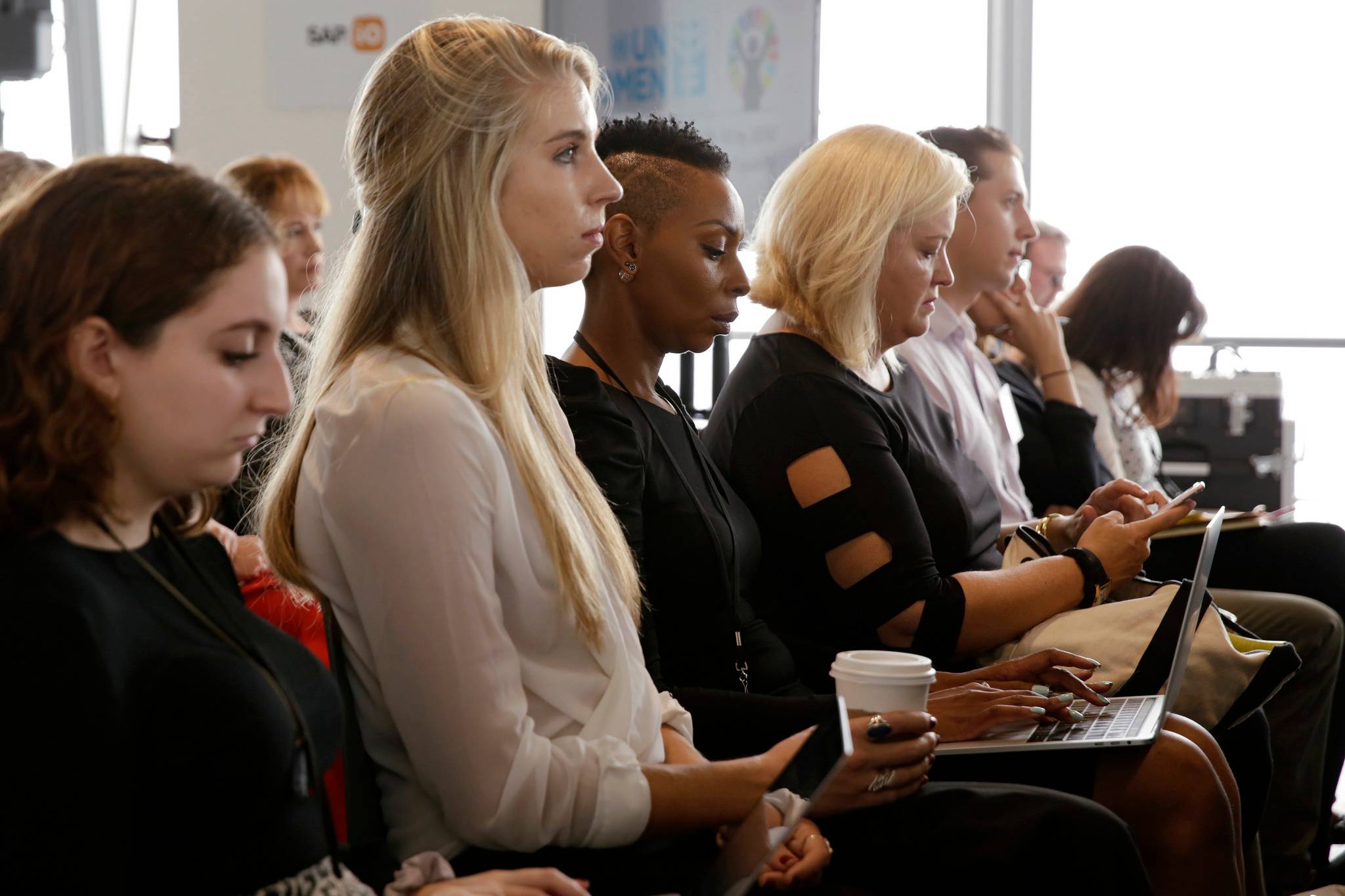
Janelle Monae’s ‘PYNK’ evokes the human body’s most intimate parts, and she isn’t coy about the song’s central image – the video sees her sporting what fans and the media have dubbed ‘vagina pants’. We discover the insights behind why, in the wake of #metoo, vaginal imagery is making a comeback among modern feminists.
Designed by Duran Lantink, Monae’s vagina pants swaddle the legs of the artist and her dancers to represent the vagina in a way that is “strangely yet beautifully realistic,” says LA-based stylist Alexandra Mandelkorn, who worked on the look. They’re completely unambiguous, as is the rest of the video, which shows Monae and actor Tessa Thompson exchanging sultry glances over undulating buttocks, as well as women with full bushes of pubic hair sporting white panties that bear slogans like ‘I grab back’ and ‘Sex cells’.
In 2016, the emergence of a video in which then-presidential candidate Donald Trump stated that he could “grab [women] by the pussy” with impunity proved to be the final straw for many outraged Americans. Rallying around the cry of ‘this pussy grabs back’, an estimated 3.2 to 5.2 million people participated in Women’s March events across the country. Many of these protesters donned a ‘pussy hat’, which reclaimed hot pink as a symbol of female rage.
But though vaginas can be seen decorating everything from cupcakes to haute couture to shining vulvar necklaces sported by the likes of Petra Collins and Adwoa Aboah, ‘pussy power’ is not a new concept. Yonic images have been used as a tool for provocation by radical feminists since the 1970s, when artists such as Carolee Schneemann and Judy Chicago brought images of the uncensored female body into the spotlight. From works made with menstrual blood to dinner platters containing sculpted labia, these artists rebelled against a culture that aimed to control the female form and police female sexuality. As Naomi Wolf wrote of imposed beauty standards in The Beauty Myth, “a cultural fixation on female thinness is not an obsession about female beauty, but an obsession about female obedience.”
“In the past, women were using their bodies to communicate powerful messages about patriarchy. This strategy is still relevant because we are still living in a patriarchy,” says Julia Khan Anselmo, a women’s rights activist and founder of Feisty Feast. “Women still continue to face barriers in terms of securing equal rights – the rights to have control over our bodies, to have equal pay, to not have to be everything all the time to everyone. And women's bodies remain a controversial topic – these days, you can’t even post a photo of a female nipple on Instagram.”
Women have grown cynical of pinkwashing and virtue-signaling when it comes to feminism, especially as it comes to light that the advertising industry is notoriously lacking in gender diversity at the upper echelons; while women make up almost 50% of workers in the sector, only 11% of creative directors are female. Adopting the vagina as a symbol means no words (or images) are minced. Period brands such as Thinx and Bodyform have paved the way for an unflinching approach to ‘real bodies’, with the former illustrating a subtly hairy vagina in deep red on the front of its tampon packaging, and the latter showing real blood in its advertisements as opposed to the usual blue fluid.
Alex Quicho is Canvas8’s Americas editor. Born in Boston and raised in Manila, she loves to read and write about art, power, and the future. She has a master’s degree in critical writing from the Royal College of Art.



